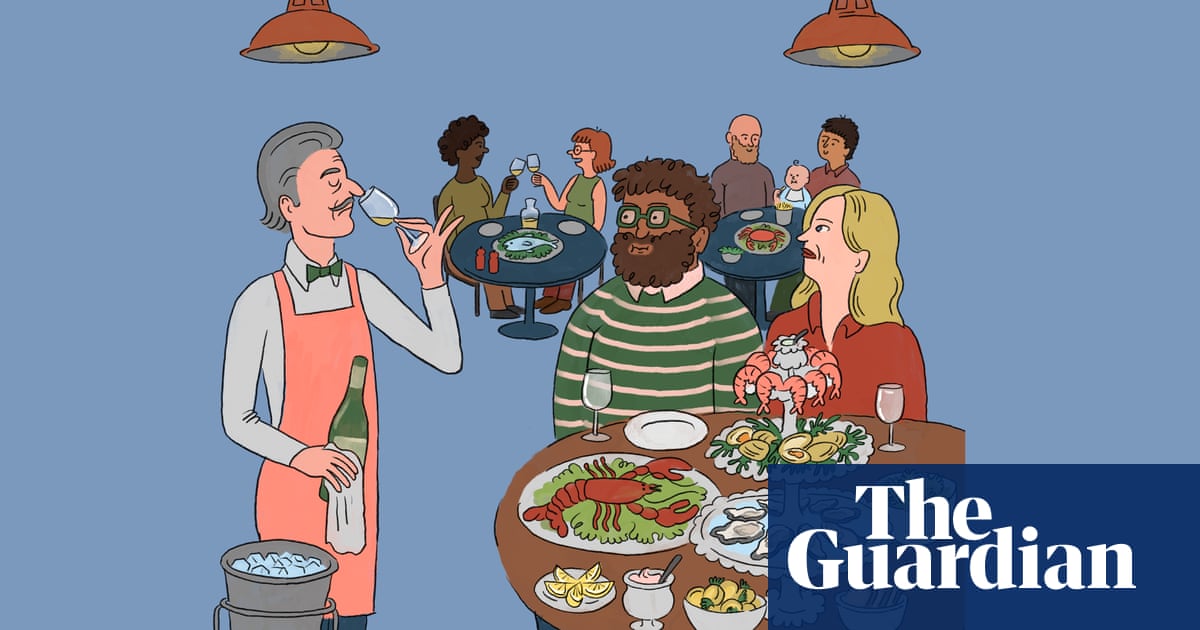
The exponential increase in saltwater crocodile populations in the Northern Territory in recent decades may be partly a result of them preying on feral pigs, new research suggests.
Scientists who have analysed the diets of saltwater crocodiles in the Territory believe the reptiles have shifted from marine prey to predominantly terrestrial food sources in the last 50 years – driven specifically by an abundance of feral pigs.
Using stable isotope analysis of crocodile bones, which gives an indicator of longterm dietary habits, the researchers found that the carnivores feed on more land-based prey and have a less diverse diet than their historical counterparts.
The research, published in the journal Biology Letters, analysed differences between the diets of 24 contemporary saltwater crocodiles caught near Darwin and 22 historical specimens caught between 1968 and 1986.
The researchers measured changes in ratios of carbon and nitrogen isotopes.
Hamish Campbell, a professor at Charles Darwin University and leader of the research project, said the carbon and nitrogen signatures were more depleted in the present-day crocodiles, indicating that they were feeding more on terrestrial food sources.
“They’re generalist feeders but what [the analysis] showed us is that they’re adapting to localised prey sources,” he said.
“We think of crocodiles as aquatic animals, but they’re obviously having quite serious implications for … feral pig ecology.
“There isn’t anything else out there in the floodplain that exists at that high a nutritional value and biomass that could be supporting the crocs.”
Previous research, published in 2018, found that saltwater crocodiles in Kakadu national park derive a large proportion of their nutrients from land animals.
Campbell said the new study stemmed from a desire to understand the drivers behind rising crocodile numbers in recent decades.
“Crocodiles have gone from a population of … probably a few thousand individuals across the top of Australia in the 1970s, to over 100,000 adults in the Northern Territory alone.”
While croc populations have bounced back rapidly in the NT since the introduction of environmental protections in the 1970s, their recovery in Queensland and Western Australia has been slower.
One difference is that those states don’t have the big floodplains seen in the Territory, which make ideal nesting habitats for female crocodiles, Campbell said.
The scientists could not determine whether the carnivores were having an impact on feral pig populations in the territory, and plan to conduct further research into the ecological impacts of the high crocodile population.
“[Feral pigs] are probably our most destructive feral animal right across Australia and we virtually have no idea what the population numbers are,” Campbell said.












